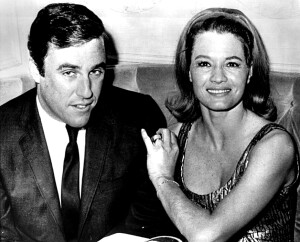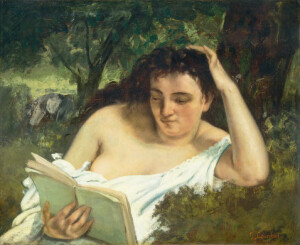Fifty years ago, Russel Means led the American Indian Movement (AIM) to take back Wounded Knee. Their political action was a 1970s version of the Ghost Dance. Eighty-three years before that, the U.S. Cavalry rode into Wounded Knee and massacred 300 Ghost Dancers. The U.S. government was threatened by the dance. They had to stop it. They couldn’t stop it. Pray they never can.
![The Ghost Dance by the Oglala Lakota at Pine Ridge. Illustration by Frederic Remington, 1890. [Source: Library of Congress/Wikipedia]](https://www.ghostturtles.com/wp-content/uploads/2013/11/frederic_remington_ghost_dance_1890_640pix.jpg)
The Ghost Dance by the Oglala Lakota at Pine Ridge. Illustration by Frederic Remington, 1890. [Source: Library of Congress/Wikipedia]
- Ghost Dance – Wikipedia, the free encyclopedia
The Ghost Dance (Caddo: Nanissáanah,[1] also called the Ghost Dance of 1890) was a new religious movement incorporated into numerous Native American belief systems. According to the prophet Jack Wilson (Wovoka)’s teachings, proper practice of the dance would reunite the living with the spirits of the dead and bring peace, prosperity, and unity to native peoples throughout the region.[2] The basis for the Ghost Dance, the circle dance, is a traditional ritual which has been used by many Native Americans since prehistoric times, but this new form was first practiced among the Nevada Paiute in 1889. The practice swept throughout much of the Western United States, quickly reaching areas of California and Oklahoma. As the Ghost Dance spread from its original source, Native American tribes synthesized selective aspects of the ritual with their own beliefs. This process often created change in both the society that integrated it, and in the ritual itself. | The chief figure in the movement was the prophet of peace, Jack Wilson, known as Wovoka among the Paiute. He prophesied a peaceful end to white expansion while preaching goals of clean living, an honest life, and cross-cultural cooperation by Native Americans. Practice of the Ghost Dance movement was believed to have contributed to Lakota resistance. In the Wounded Knee Massacre in 1890, U.S. Army forces killed at least 153 Lakota Sioux.[3] The Sioux variation on the Ghost Dance tended towards millenarianism, an innovation that distinguished the Sioux interpretation from Jack Wilson’s original teachings. The Caddo Nation still practices the Ghost Dance today.[4]
- Ghost Dance
The Ghost Dance has a rich history of tradition throughout the years. For more information about the Ghost Dance…
- Paiute Native American Shaman Wovoka and the Ghost Dance – YouTube
The Ghost Dance appeared during a time of desperation for the Native American Indian people. The Ghost Dance started when Paiute shaman Jack Wilson or Wovoka had a vision that if our people would dance and sing we Indians would live again. The Ghost Dance spread throughout the land. In Dec. 1890 the military panicked and massacred innocent Lakota Indian people at Wound Knee while they danced. It is one of the worse incidents in United States history. Judy Trejo – Summit Lake (Tommo Agi) and Walker River (Agi) Paiute and Anita Collins – Shoshone and Walker River Paiute speak about Wovoka. The Round Dance was a traditional Great Basin dance that spread across the land in the form of the Ghost Dance, and is now part of many celebrations. Robbie Robertson sings “Ghost Dance”.
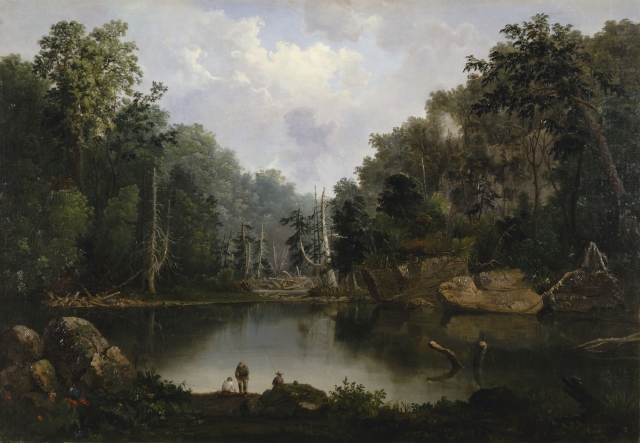
![Ssandhill crane [Source: USGS]](https://www.ghostturtles.com/wp-content/uploads/2015/03/sandhill_crane_usgs_032715.jpg)
![Russian autocrat Vladimir Putin holds the reins of a brown horse as he rides bare-chested through a low-scrub landscape in 2012. [Source The Daily Beast]](https://www.ghostturtles.com/wp-content/uploads/2023/02/putin_horse_oemiiq-1024x576.jpg)
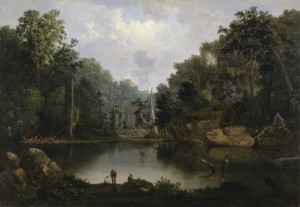

![Sandhill cranes land on Platte River sandbar roosts west of Rowe Sanctuary’s Iain Nicolson Audubon Center southwest of Gibbon, Nebraska. [Photo by Lori Porter| Kearney Hub]](https://www.ghostturtles.com/wp-content/uploads/2015/03/sandhill_cranes_kearneyhub_032015-300x225.jpg)
![An endangered Whooping crane takes flight. Yhe large bird has a 7-foot wingspan. It is all white except for black wing tips and face markings. In this photo its long neck stretches forward; its wings sweep upward; and its black legs trail straight behind it. [Source: International Crane Foundation]](https://www.ghostturtles.com/wp-content/uploads/2023/03/Whooping-crane-eastern-ICF-080622-300x157.jpg)
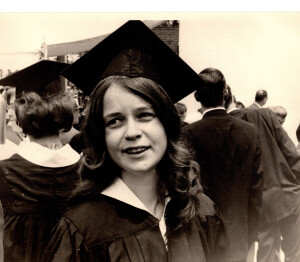
![Mark Willis peruses a 1745 volume by Voltaire at a bouquiniste book stall on the banks of the Seine in Paris. He wears a brown leather jacket and checkered flat cap. He holds the open book in his hands. Rows of old books are seen on shelves behind him. [2005 photo by Ms. Modigliani]](https://www.ghostturtles.com/wp-content/uploads/2023/03/mw_bouquiniste_05-300x225.jpg)

